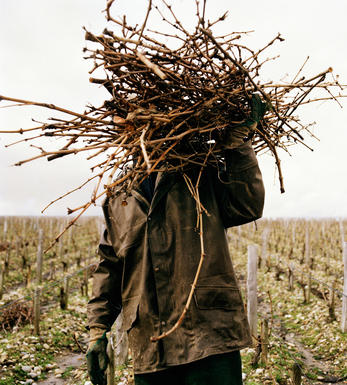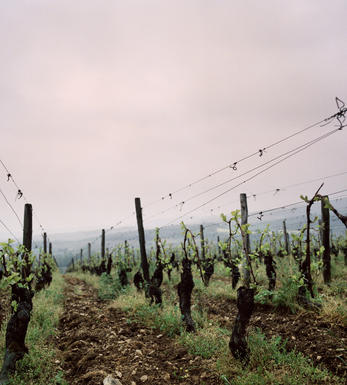
About this WINE

Domaine Joseph Roty
Joseph Roty has one of the largest cult followings of any small grower and has produced some of the most exquisite wines of Burgundy. His family have been producing wine since the time of Louis XIV, a staggering eleven generations since 1710. It is now run by Joseph’s son Philippe and noted for the exceptional quality of its Charmes-Chambertin Très Vieilles Vignes, which may date back to the end of the 19th century. Not much is made and even less of Mazis- and Griotte-Chambertin. It is easier to find his 1er Cru Fonteny (0.45ha) or various village Gevrey-Chambertin and Marsannay cuvées. The wines are full-coloured and exuberantly fruity. The only time I tasted with Joseph himself, the wines were illustrated by constant illusions to different types of female.
The domaine has a total of 17 acres and produces virtually near perfect Mazis-Chambertin and Charmes-Chambertin in the top vintages. Both wines are aged in 100% new oak for 15-16 months, bottled unfined and unfiltered.
Jasper Morris MW, Burgundy Wine Director and author of the award-winning Inside Burgundy comprehensive handbook.

Bourgogne
Bourgogne is of course the original French name of the region that we know as Burgundy, and here the term is used to describe the Bourgogne Appellation, a wide-reaching classification that covers the generic wines produced across the length and breadth of Burgundy that are not represented under area-specific AOCs.
Wines produced under the AOC Bourgogne make up around 53% of Burgundy’s output, across the fields of red, white and rosé. Among these there are several other smaller classifications, some simple such as Bourgogne Rouge (generic red Burgundy), others more specific or unusual, such as Bourgogne Passetoutgrains.
Most of these wines represent quite a standard level of quality due to their generic nature, but as with all wine, a combination of the right conditions and careful management by the producer can result in some generic wines surpassing the standards of a poorly-organised Grand Cru.
These wines tend to be simpler offerings; best enjoyed within 3 or so years, and are very reasonably priced compared to their higher-end counterparts. There is a huge variety of wines available: approximately 24 million bottles are produced in over 380 villages across Burgundy each year, and subsequently the range of wine styles is vast, however the usual Burgundy rules apply of reds being comprised of Pinot Noir, and whites from Chardonnay.

Pinot Noir
Pinot Noir is probably the most frustrating, and at times infuriating, wine grape in the world. However when it is successful, it can produce some of the most sublime wines known to man. This thin-skinned grape which grows in small, tight bunches performs well on well-drained, deepish limestone based subsoils as are found on Burgundy's Côte d'Or.
Pinot Noir is more susceptible than other varieties to over cropping - concentration and varietal character disappear rapidly if yields are excessive and yields as little as 25hl/ha are the norm for some climats of the Côte d`Or.
Because of the thinness of the skins, Pinot Noir wines are lighter in colour, body and tannins. However the best wines have grip, complexity and an intensity of fruit seldom found in wine from other grapes. Young Pinot Noir can smell almost sweet, redolent with freshly crushed raspberries, cherries and redcurrants. When mature, the best wines develop a sensuous, silky mouth feel with the fruit flavours deepening and gamey "sous-bois" nuances emerging.
The best examples are still found in Burgundy, although Pinot Noir`s key role in Champagne should not be forgotten. It is grown throughout the world with notable success in the Carneros and Russian River Valley districts of California, and the Martinborough and Central Otago regions of New Zealand.



Buying options
Add to wishlist
wine at a glance
Delivery and quality guarantee